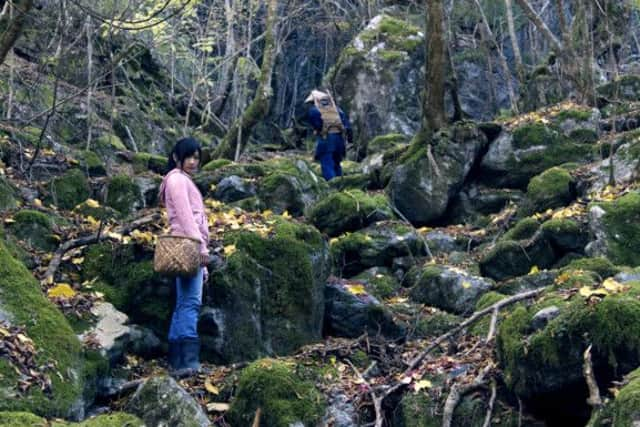Move review: The Tale of Iya


Combining the often prosaic detail of the remote Japanese mountain community it portrays, with an extended jolt of magic realism half way through, it is testament to the vision of young director Tetsuichiro Tsuta that it succeeds on every level.
The film opens on a man wearing traditional Japanese garb trudging through the snow, only to find a car wreck where the only survivor - lying miraculously unharmed on the frozen surface of a nearby lake - is a fleece-clad baby girl.
Advertisement
Hide AdAdvertisement
Hide AdFlash-forward and the girl is now a teenager called Haruna (Rina Takeda) who has been brought up by her adoptive grandfather in a log cabin in the Iya Valley - a mysterious series of mist-clad peaks in the middle of the Japanese island of Shikoku.
The times are changing and the once-thriving farming industry is dying, with most youngsters’ planning their escape to the city.
Only a few inhabitants remain, including a elderly woman who Haruna treats like a grandmother. Granny’s real family have moved away to Osaka, replaced by a series of homemade scarecrows stitched and stuffed by the now-impotent matriarch.
There’s also a commune of environmentalists trying to save the land from developers keen to open up the valley with roads and tunnels. The gap-year group’s latest arrival is a burnt out city-dweller seeking solace, but his desperation to save the past is not shared by locals who see the fresh infrastructure as a last chance to retain a semblance of their formerly idyllic lifestyle.
Advertisement
Hide AdAdvertisement
Hide AdFilmed entirely on 35mm film - a medium as at-risk as the way of life it conveys - the tale is beautifully shot in washed-out hues; imbibed with the same mystique as the landscape it frames.
The first 90 minutes slide by with all the easy-going charm of a long summer holiday, before a jaw-dropping sequence turns the entire film into something resembling a waking dream; the magic hinted at earlier exploding into full-on fantasy. Indeed there are several scenes which could have come from a storyboard to one of Hayao Miyazaki’s ‘Studio Ghibli’ animations.
To say any more would ruin the film, but as the plot circles back on itself and the final scene plays out there’s little doubt that ‘Iya’ is a modern classic of Japanese cinema.